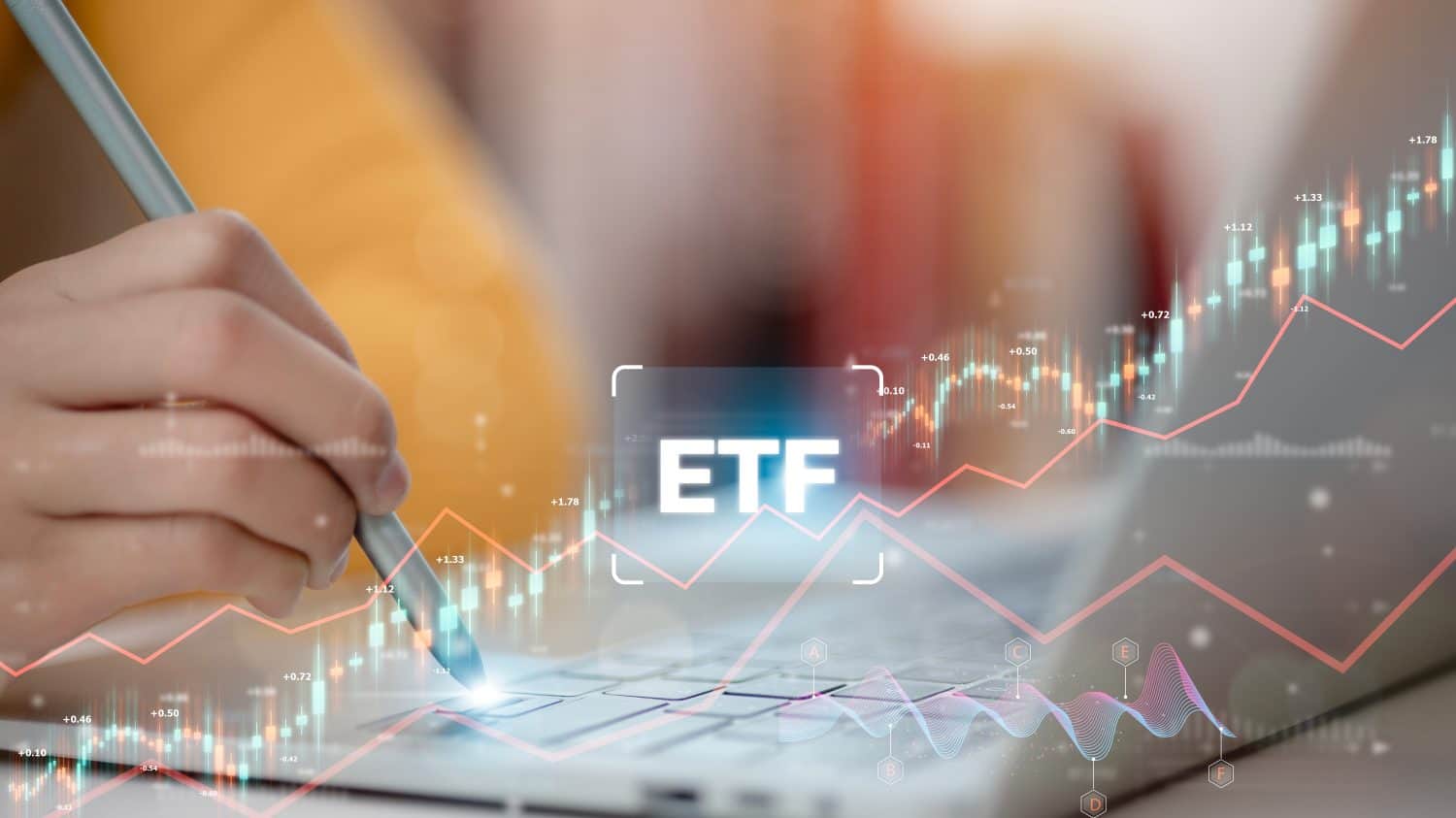
Investing in ETFs can be a powerful way to diversify your portfolio, but knowing which ones to buy (and which to sell) is an important question to ask. There are thousands of options available to investors covering a range of markets, indices and sectors. Picking the right ones that fit an individual investor’s risk profile and investing needs can be easier said than done.
That’s because passive investors come in a wide range of shapes and sizes, each looking for different outcomes from the same options set. The two ETFs I’m going to cover as potential buys are ones I think fit the investing profile of most readers out there. If the goal is the greatest diversification at the lowest cost, these funds provide excellent exposure and portfolio stability.
There is one particular sector I think has likely run higher and much faster than others that I’m growing wary of right now, so pairing exposure to these two ETFs with either a short position or sale of this particular ETF may be warranted.
Without further ado, here are the two buys and one sell idea for investors to consider in November.
Key Points About This Article:
- The range of available options for investors in the world of ETFs is vast, but some are clearly better than others.
- For the month of November, these would be my two top buy ideas and my top sell idea for long-term investors.
- If you’re looking for some stocks with huge potential, make sure to grab a free copy of our brand-new “The Next NVIDIA” report. It features a software stock we’re confident has 10X potential.
Buy: Vanguard Total Stock Market ETF (VTI)

Buying an ETF, like Vanguard Total Stock Market ETF (NYSEMKT:VTI), is as simple as buying stock. Open a brokerage account, fund it, and place a “buy” order. Upon doing so, you’ll have among the broadest exposure possible, given this ETF holds 3,673 stocks, and at the lowest cost I’ve come across (a 0.03% expense ratio is basically free diversification, at least in my books).
Many index-tracking ETFs provide exposure to specific U.S. stock markets, but this ETF covers the gamut. Thus, investors looking to truly buy the market and increase exposure to smaller- and mid-cap names can opt for this particular fund. Its weightings in mega-cap tech companies are certainly still large, but not as large as other index funds. And with nearly $500 billion in assets under management, it’s clear that this is the go-to ETF for not only retail investors, but institutional investors as well.
I’m of the view that finding this sort of diversification at this price really makes this ETF a steal. Passive investors have to love the incredible value this fund provides, and for active investors waiting on a particular idea to play out, this ETF can allow an investor to stay fully invested while they wait. In other words, there’s something to like about this ETF for every investor type.
Buy: Vanguard Utilities ETF (VPU)

The Vanguard Utilities ETF (NYSEMKT:VPU) focuses on the essential, yet often overlooked, utility sector. With rising demand from AI and EV growth, utilities are expanding supply. VPU includes major players like Duke Energy and Southern Company, offers a low 0.10% expense ratio, and a 2.8% dividend yield. This makes this particular ETF ideal for retirees, but I’d argue younger investors as well. That’s because the historical performance with this fund is notable. Over 10 years, VPU delivered an average compounded annual growth rate of more than 10%, turning $10,000 in 2014 into $26,100 today.
Utilities companies provide essential services to a captive clientele in markets that are typically regulated. In other words, with a lack of competition and relatively strong pricing power (depending on who the regulators are in a given area), this ETF can allow investors to benefit from consistent cash flow growth over time paid out via dividends. A greater proportion of VPU’s total returns will come from dividends, but it doesn’t matter where the returns come from in my books. Overall, this ETF is about as solid as they come, and can provide relative outperformance in down markets. For those who smell something on the horizon, it’s good to stay fully invested but have some assurance that at least a portion of one’s portfolio may provide added safety.
The VPU rose 25% this year, outpacing the S&P 500’s under-20% gain. Utilities provide stable, predictable returns during economic uncertainty and offer attractive yields. VPU’s yield of 2.9% doubles the S&P 500 average, making it appealing to dividend investors in particular. For investors seeking safety beyond the S&P 500, the Vanguard Utilities Index Fund offers stability, a solid yield, and AI-driven growth potential. It’s an underrated, long-term hold with enduring portfolio value.
Sell: iShares Semiconductor ETF (SOXX)

The iShares Semiconductor ETF (NASDAQ:SOXX) has garnered attention as a vehicle for exposure to the semiconductor sector, yet there are several compelling reasons why investors might consider avoiding it.
One of the primary concerns with SOXX is its high concentration risk. The ETF is heavily weighted towards a small number of companies, with the top ten holdings accounting for approximately 59.6% of its total assets. This includes major players like Broadcom, Nvidia, and AMD, which can lead to significant volatility if any of these companies experience downturns or adverse market conditions. The ETF’s beta of 1.32 indicates that it is more volatile than the broader market, suggesting that investors could face larger swings in value compared to more diversified funds.
Moreover, the performance metrics for SOXX have also raised red flags. Over the past year, the ETF has seen a staggering decline of approximately 51.33% in share price. While it did show a rebound in the short term with a 20.90% gain this year, such volatility can be concerning for long-term investors who prefer stability and consistent growth. Furthermore, the fund’s trailing Sharpe and Sortino ratios are negative (-0.75 and -0.82 respectively), indicating that the returns have not justified the risks taken over the past year.
In my view, many of the valuations in the chip space have run too far, too fast. For investors looking to downplay this sector’s role in overall index ETFs, I’d recommend hedging out some of this exposure at least over the near- to medium-term.
100 Million Americans Are Missing This Crucial Retirement Tool
The thought of burdening your family with a financial disaster is most Americans’ nightmare. However, recent studies show that over 100 million Americans still don’t have proper life insurance in the event they pass away.
Life insurance can bring peace of mind – ensuring your loved ones are safeguarded against unforeseen expenses and debts. With premiums often lower than expected and a variety of plans tailored to different life stages and health conditions, securing a policy is more accessible than ever.
A quick, no-obligation quote can provide valuable insight into what’s available and what might best suit your family’s needs. Life insurance is a simple step you can take today to help secure peace of mind for your loved ones tomorrow.
Click here to learn how to get a quote in just a few minutes.
Thank you for reading! Have some feedback for us?
Contact the 24/7 Wall St. editorial team.





